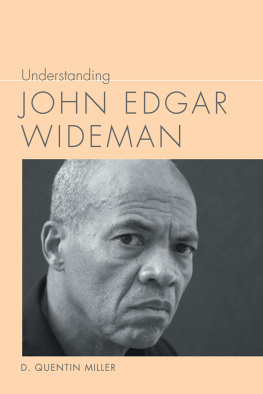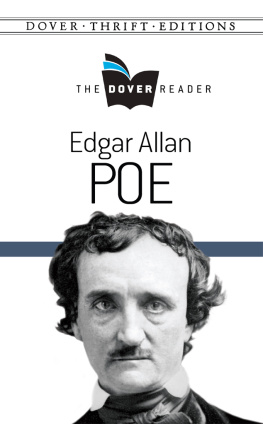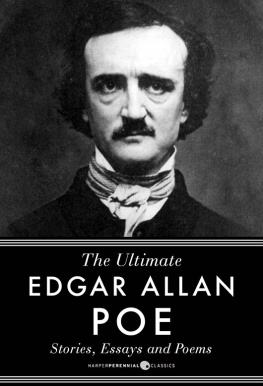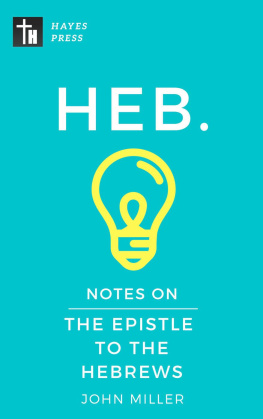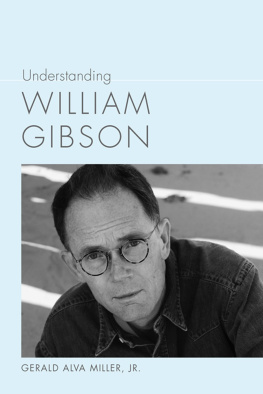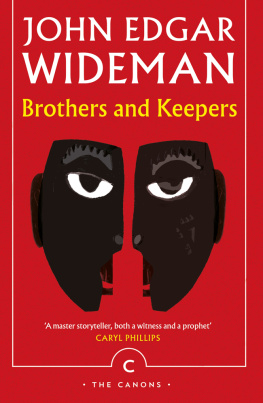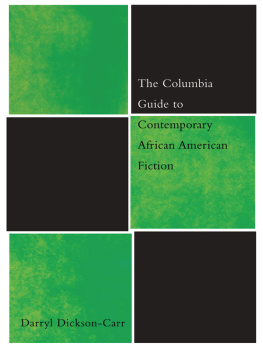
UNDERSTANDING
JOHN EDGAR WIDEMAN
UNDERSTANDING CONTEMPORARY AMERICAN LITERATURE
Matthew J. Bruccoli, Founding Editor
Linda Wagner-Martin, Series Editor
UNDERSTANDING
JOHN EDGAR WIDEMAN
D. Quentin Miller

The University of South Carolina Press
2018 University of South Carolina
Published by the University of South Carolina Press
Columbia, South Carolina 29208
www.sc.edu/uscpress
27 26 25 24 23 22 21 20 19 18
10 9 8 7 6 5 4 3 2 1
Library of Congress Cataloging-in-Publication Data can be found at http://catalog.loc.gov/.
ISBN: 978-1-61117-824-1 (hardcover)
ISBN: 978-1-61117-825-8 (ebook)
Front cover photograph: Ulf Andersen, www.ulfandersen.photoshelter.com
To Julie
CONTENTS
SERIES EDITORS PREFACE
The Understanding Contemporary American Literature series was founded by the estimable Matthew J. Bruccoli (19312008), who envisioned these volumes as guides or companions for students as well as good nonacademic readers, a legacy that will continue as new volumes are developed to fill in gaps among the nearly one hundred series volumes published to date and to embrace a host of new writers only now making their marks on our literature.
As Professor Bruccoli explained in his preface to the volumes he edited, because much influential contemporary literature makes special demands, the word understanding in the titles was chosen deliberately. Many willing readers lack an adequate understanding of how contemporary literature works; that is, of what the author is attempting to express and the means by which it is conveyed. Aimed at fostering this understanding of good literature and good writers, the criticism and analysis in the series provide instruction in how to read certain contemporary writersexplicating their material, language, structures, themes, and perspectivesand facilitate a more profitable experience of the works under discussion.
In the twenty-first century Professor Bruccolis prescience gives us an avenue to publish expert critiques of significant contemporary American writing. The series continues to map the literary landscape and to provide both instruction and enjoyment. Future volumes will seek to introduce new voices alongside canonized favorites, to chronicle the changing literature of our times, and to remain, as Professor Bruccoli conceived, contemporary in the best sense of the word.
Linda Wagner-Martin, Series Editor
ACKNOWLEDGMENTS
I would like to thank a group of students in my Selected African American Writers course (fall 2013) who resisted Hoop Roots so much that it made me look at Wideman more deeply than I ever had before. Thanks also to Suffolk University for granting me a sabbatical leave to get my work done and to the Boston Athenaeum for giving me a spectacular space in which to complete it.
CHAPTER 1
Understanding John Edgar Wideman
The point isnt replicating some other writer. The point is expressing myself, being myself.
Wideman, Gods Gym, 173
I demand that readers meet me halfway, that they participate and think and open themselves up to confronting some stuff that maybe they havent thought about before, some feelings theyre not willing to own up to. To that extent the very nature of what I do means if Im not upsetting somebody, not getting under their skin in some way, what Im doing is probably not working.
TuSmith, Conversations with John Edgar Wideman, 144
These two epigraphs capture something of the defiance, confidence, and challenges of John Edgar Widemans work. Wideman is a tough writer in every sense of the word: a man who has been hardened by the circumstances of his life, who writes about difficult subjects in a difficult style, and who is not afraid to examine wounds or even to dig deeper into wounds to analyze their causes and effects. His works resist categorization, and he does not fit neatly with the other African American writers who flourished in the postBlack Arts Movement era of the 1970s and 1980s. Toni Morrison might provide the closest comparison: both authors are concerned with black history (and both have a particular fascination with the murder of Emmett Till), both write about family, both are comfortable moving between esoteric allusions and black vernacular speech (the academy and the street, Finally, Morrisons works have been widely read and lauded, culminating in her winning the Nobel Prize for Literature in 1993. Although Wideman has been recognized with a MacArthur Grant and a handful of prominent literary prizes, literary history has not been as kind to him, and he has certainly not enjoyed the widespread readership that Morrison has.
Regarded as a quirky genius following the publication of his first three novels in the late 1960s and early 1970s, Wideman deliberately retrenched and reemerged in the 1980s to great acclaim with three works of fiction together known as the Homewood Trilogy (198183), his memoir Brothers and Keepers (1984), and a flurry of other books. This blistering output of impressive work continued into the 1990s. Since then, his writing has slowed considerably, and his works published in the last decade have not enjoyed anything like the attention his earlier ones received, particularly those from the 1980s. True to the statements that serve as the epigraphs above, though, he has never been a writer who sought mainstream fame or who pandered to readers who were not willing to do the hard work of engaging with the layers of his work. His oeuvre represents the relentless struggle to understand and communicate a difficult, complex vision. Readers who approach him casually are likely to be confused. Readers who dedicate themselves to his work are likely to be rewarded (if also exhausted) intellectually, aesthetically, and emotionally.
Life and Career
Wideman was born on June 14, 1941, in Washington, D.C. His mother, Bette French, and his father, Edgar Wideman, figure prominently in his fiction and nonfiction. It could even be argued that a primary tension in Widemans work is an attempt to resolve the aspects of his parents personalities that trace back through their lineage: his mothers unstinting religious faith and perseverance versus his fathers distant stoicism. His first name is an homage to his grandfather John French, a nearly mythical figure in his work, who exuded life and energy until his ignoble death in a bathroom. In Widemans story Backseat, meditating on the nature of names, he writes, When I published my first novel, I wanted my fathers name to be part of the record so I was John Edgar Wideman on the cover. Now the three names of my entitles sound pretentious to me, stiff and old-fashioned. Id prefer to be just plain John Wideman, but cant shake the Edgar (All Stories 42). Metaphorically, Wideman cannot shake his family, or his fate, or his connection to his father, who is rendered as a distant figure, a bully, and an isolated old man at various places in his work.
Wideman was the oldest of five siblings raised in the Homewood and Shadyside neighborhoods of Pittsburgh. Shadyside was a white-dominated neighborhood, and although moving there afforded him certain opportunities through access to better schools, the family had to move back to Homewood because of financial struggles. Homewood was in a period of decline, and like his neighborhood, Widemans family deteriorated over time. In a late story about his mother, Weight, he describes how she persevered in spite of a son in prison for life, twin girls born dead, a mind-blown son who roams the streets with everything he owns in a shopping cart, a strung-out daughter with a crack baby, a good daughter who miscarried the only child her dry womb ever produced, in spite of me and the rest of my limp-along, near-to-normal siblings and their childrenmy nephews doping and gangbanging, nieces unwed, underage, dropping babies as regularly as the seasons (
Next page
